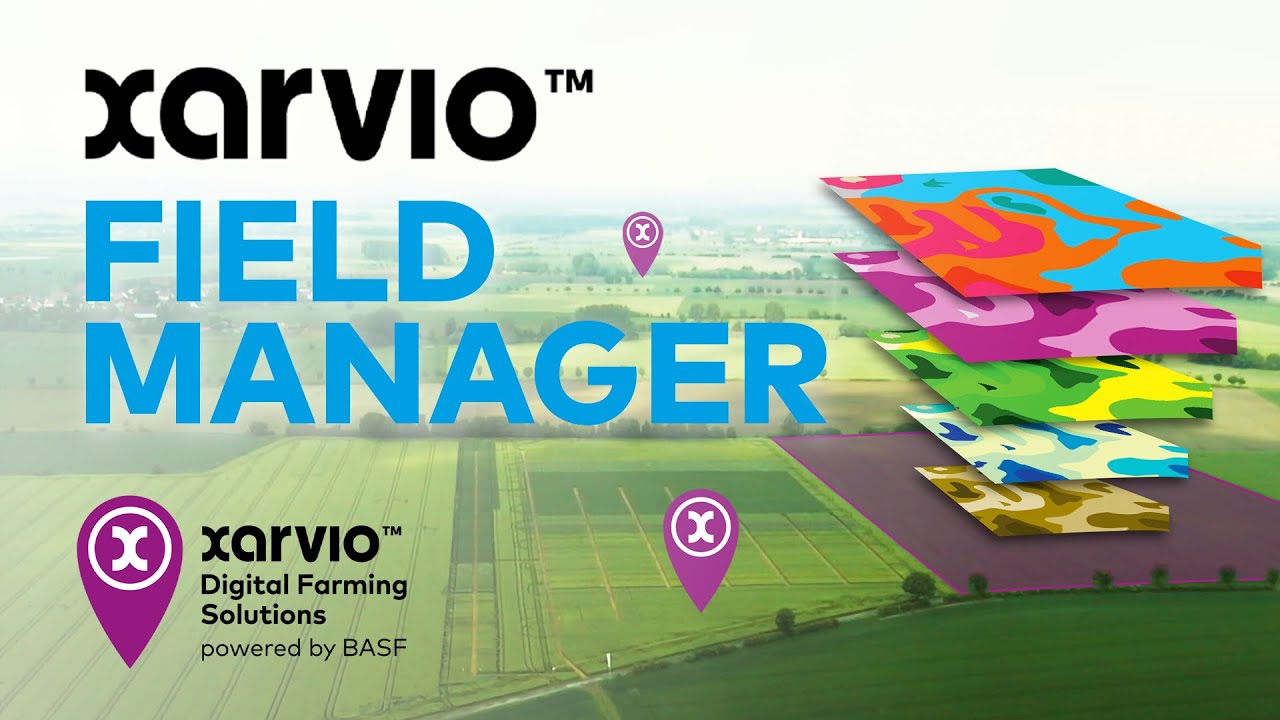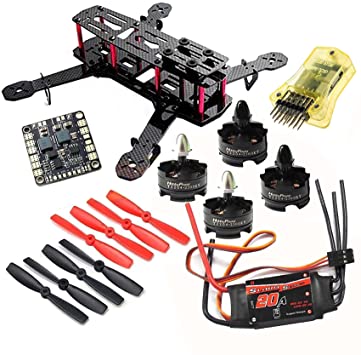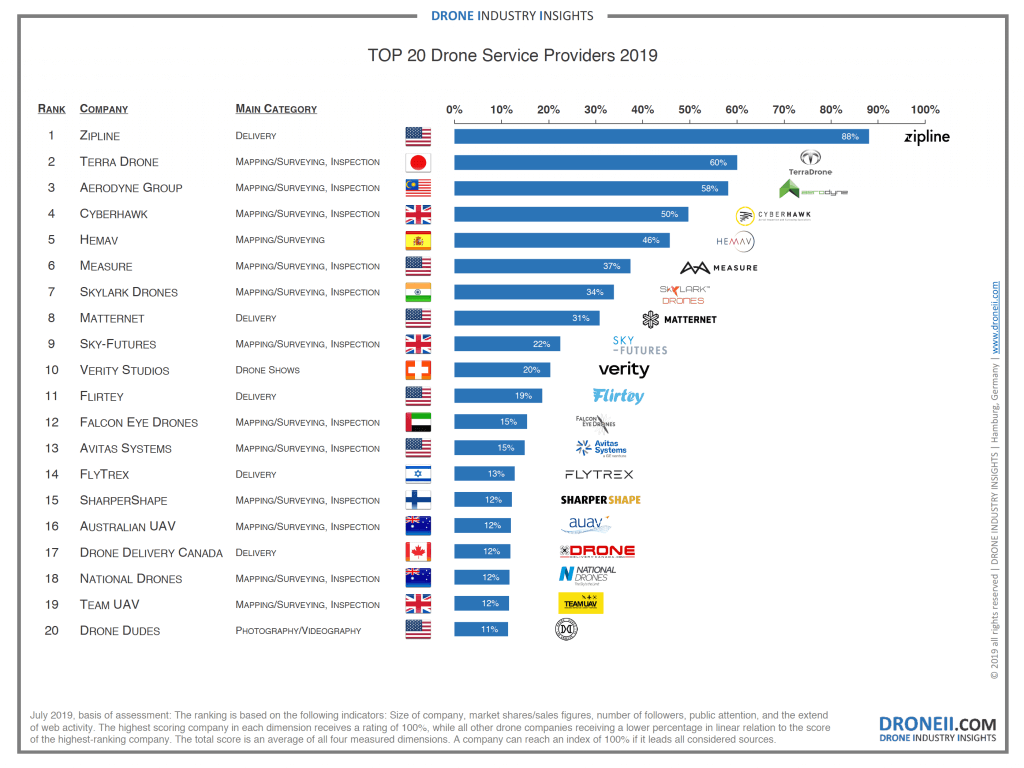
Tara was forced to leave her squadron in 2010 and began looking for new opportunities. Her marital quality played a major role in her decision. She had considered joining a drone crew. However, she decided to pursue a completely different career path. Drones are relatively new to the US military. They are quickly becoming an essential part of military operations. The US military is currently developing new drones for a variety of tasks.
Commercial drones
Drones that are commercially available for military use are quickly becoming commonplace. There are many reasons why. The technology behind these unmanned aircrafts is expanding exponentially and will have many uses. Drones can deliver packages and parcels as well as military surveillance. They are becoming less expensive and many start ups are developing new models that will benefit the civilian sector as well as the military.
RQ-4 HALE
The US Marine Corps has been testing RQ-4HALE drones' ability to download data. During a recent exercise in North Carolina, the capability was confirmed. The 2nd Intelligence Battalion of the II Marine Expeditionary Force managed to overcome a hardware failure to collect information in a communications-denied environment. The RQ-4 has a long history of success for the US military and is proving its worth in drone combat.

Northrop Grumman X-47B
US Navy recently spent nearly $1.8B to develop the stealth UAV. These unmanned aerial vehicles can perform autonomous wave-off and multiple landings. These drones were intended for maritime surveillance and counter-terrorism missions. However, the X-47B proved too costly. Instead, the X-47B was scrapped. Today, the US military is developing new UAVs, including drones that could replace piloted aircraft.
Switchblade tactical unmanned drone
The US military has a tactical drone that can provide high-altitude combat capabilities. This is an important tool to ensure they have an advantage over their enemies. The Switchblade, which uses GPS and infrared to launch a focused blast from an forward-firing shotgun-like weapon, fires a focused beam. The resulting blast also throws missile-like pellets. The Switchblade's payload cameras are equipped with sensors and a high-explosive warhead. The resulting strike is very destructive and can take out light armored vehicles and other targets in the field. It is possible to cancel an operation mid-flight. This allows operators the opportunity to engage a secondary target and minimize collateral harm.
X-47B
After the success of the X-47B in 2011, the US Navy began exploring next-generation air dominance platform options. UCLASS is the Unmanned Carrier-Launched Airborne Surveillance and Strike program. UCLASS builds on the technology validation of the X-47 program, and aims to create fully autonomous strike and ISR aircraft. While the US military has long been lacking a significant carrier-based deep strike capability, the X-47B will provide that capability.

RQ-7 Shadow
US military is currently testing RQ-7 Shadow UAVs for use in the war on terror. This system is capable of monitoring a 4-kilometer area at a distance up to three thousand meters (12 hundred feet). The US Army proposes a Shadow 152A upgrade, which will include Soldier Radio Waveform technology. The sensors of the drone are not able to function in rain or clouds.
FAQ
Can I fly my drone at my local park?
You can fly drones in parks around the globe. Due to safety concerns, certain countries don't allow you to fly drones in parks. See our list to see where drones can be flown legally for fun.
Is it possible to fly a helicopter while driving?
It is risky to fly a drone while driving. You could end up in an accident with another vehicle. You could also hit pedestrians and animals. You could also damage your car if you hit power lines, trees, or other buildings.
What kind of batteries is a drone using?
The majority of drones run on lithium-ion batteries. A typical drone runs on between 3 and 6-volts.
Can I fly my drone around my neighborhood?
Yes! These are called UAVs, or unmanned aerial vehicles. There are many types of drones on the market today, including small quadcopters and large fixed-wing aircraft. New rules have been issued by the FAA regarding commercial use of UAVs. This means that you can legally fly them for business purposes. You should be aware, however, that UAVs flying near airports can cause interference with air traffic control systems. To operate one, you will need to obtain permission from the local authorities.
Statistics
- According to ZipRecruiter, the minimum hourly wage of drone pilots is $20. (thedroneu.com)
- According to industry research from ZipRecruiter , there are 10 cities where the typical salary for a Drone Pilot job is above the national average. (dronesgator.com)
- With the top 10% making over $100/h and the bottom 10% making as low as $10/h. (dronesgator.com)
External Links
How To
How to Fly Drones at a Beginning Level
A drone can be used to fly remotely controlled aircraft for photography, surveillance, scientific research, hobby and commercial purposes. Drones have been in use since World War II. DJI's Phantom quadcopters became commercially available in 2010. Since then, there have been many different types of drones available, from beginner-friendly models like the Parrot AR Drone 2.0 to professional-grade multi-rotor craft like the DJI Mavic Pro.
You can fly a drone in many different ways, including:
-
Remote control - This allows you to control the drone from your hand. There are two main types of controllers: On/Off switches (like a radio) and joysticks.
-
Manual Control - This method uses a smartphone app to remotely control the drone using GPS coordinates. The app will provide instructions and help you to locate the drone.
-
Autonomous flight - The drone takes over the piloting duties. It basically flies autonomously without any human intervention. To enable autonomous flight, the drone should have a built in camera and sensors capable recording images and data.
-
Triggered Flight - This method is similar to manual control, except the pilot manually sets up a preprogrammed route, and the drone follows that route until it reaches the endpoint. The drone automatically lands once the route has been completed and returns to the base.
-
Landing Gear - Some drones come equipped with landing gear that allows them to land safely if they lose power or run out of battery during flight.
-
Goggles – Pilots often wear goggles while flying to keep themselves safe from any debris.
-
Camera – Some drones have cameras, which allow you to take photos or videos from up high.
-
Obstacles – Some drones have obstacle avoidance systems that stop them from colliding with obstacles.
-
Speed – Some drones can reach speeds in excess of 40 mph.
-
Battery Life - Most drones last between 20 and 3 hours depending on how much power they have.
-
Distance - Some drones can travel up 30 miles depending on the model.
-
Power source – Some drones require external power sources, others require internal batteries.
-
Weight – Some drones are less than one pound, while other models can be up to four pounds.
-
Size - Drones come in many sizes, from small gadgets that fit in one's hands to large craft that weigh more than 50 lbs.
-
Price - High-end drones can go for thousands of dollars, while low-cost models start at $100.